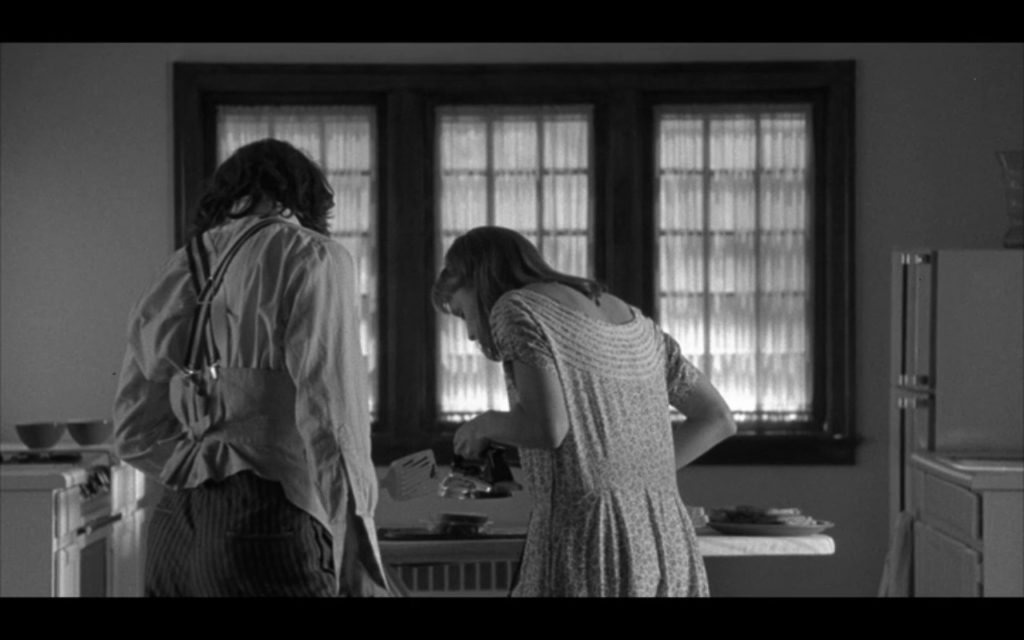More than 15 years ago while still in grad school I had an opportunity to conduct what would be my first story development research. I had responded to an advertisement requesting marketing research help for an independent film being developed locally.
When I met with the film producers and described my background and interest in conducting research not only to inform how to market and distribute the film but also to help develop its content, they agreed to have me focus first there.
They gave me the script to read. I learned it was a story about a college-aged woman with an imaginary boyfriend who struggles deciding whether to stay in the safety of that relationship or to risk a relationship with a real guy.
My research for this film consisted of reviewing scholarly published articles and books about children who develop imaginary friends (e.g., Pearson et al., 2001) and others about key components of romantic love (e.g., Sternberg, 1986). I also conducted some concept-testing interviews with a handful of college students using a brief synopsis of the film.
Key findings from my research included learning: (a) the proportion of children who have imaginary friends is fairly high, (b) the children who create imaginary friends aren’t generally unhealthy psychologically, and (c) even older children and teens report having imaginary friends. I also learned from the concept testing potential audience members had difficulty connecting and relating to the protagonist as her situation didn’t seem plausible to them.
I provided a number of recommendations to the film’s producers based on such findings, perhaps most notably to explore creating some sort of backstory that could explain how and why the protagonist had developed her imaginary boyfriend.
The film, EVERYTHING YOU WANT (2005), was ultimately produced. I thought it turned out great – a cute, positive film, and I was pleased to see some evidences of story tweaks in areas I had suggested.
Since that initial project, I have conducted research for a few different films with similar concepts of characters who struggle, in one case with obsessive-compulsive disorder, in another case with Asperger’s Syndrome, to develop romantic relationships and do other hard things. Like with that initial project, such research has involved review of others’ studies and reflections (e.g., Hanagarne, 2013; Likens, 2012; Robison, 2008; Shawn, 2007; Shear, 2009; Stanford, 2014) as well as much of my own including hundreds of interviews over the intervening years.
One key insight from all this research across different types of situations is that often individuals who struggle with these sorts of challenges feel “broken” as people with broken lives; they can’t see a future version of themselves, of their lives, that is good. However, some develop that vision! I call what they develop “might”, seeing power or strength within themselves and positive possibilities for their future, even if not the same futures they had envisioned previously.
It is rare, in my experience, to find hopeful examples of films like EVERYTHING YOU WANT with characters who have significant challenges whether imaginary boyfriends or anxiety disorders or Asperger’s who create their own versions of happy, healthy lives that can be relatable to broad audiences.
One exception to this that comes to mind is BENNY & JOON (1993). I can’t think of a more hopeful, positively impactful, moment in film for individuals who are perhaps different with unique challenges starting to build a life that works for them than the final scene of Sam (Johnny Depp) showing Joon (Mary Stuart Masterson) how to make grilled cheese sandwiches using a clothes iron while “I’m Gonna Be” (“I would walk 500 miles…”) by The Proclaimers begins to play.

References
Hanagarne, J. (2013). The world’s strongest librarian: a memoir of Tourette’s, faith, strength, and the power of family. Gotham Books.
Likens, A. (2012). Finding Kansas: living and decoding Asperger’s Syndrome. Penguin.
Pearson, D., Rouse, H., Doswell, S., Ainsworth, C., Dawson, O., Simms, K., Edwards, L., & Faulconbridge, J. (2001). Prevalence of imaginary companions in a normal child population. Child: Care, Health and Development, 27(1), 13-22.
Robison, J. E. (2008). Look me in the eye: my life with Asperger’s. Random House.
Shawn, A. (2007). Wish I could be there: notes from a phobic life. Viking.
Shear, A. (2009). Amen, amen, amen: memoir of a girl who couldn’t stop praying (among other things). Scribner.
Stanford, A. (2014). Asperger Syndrome and long-term relationships. Jessica Kingsley Publishers.
Sternberg, R. J. (1986). A triangular theory of love. Psychological review, 93(2), 119-135.

Leticia Greenwood
August 19, 2020 6:44 pmHi Justin,
I thoroughly enjoyed reading your post: it was both insightful and fascinating.
When you conducted your research for the film (Everything You Want), was there any data to suggest that children who do have imaginary friends tend to have an extraordinary imagination as adults? From my own personal experience, I have found that individuals who are creative and “out of box” thinkers, are also the same individuals in their youth who had imaginary friends. I’m not sure if there’s a scientific correlation, but I’ve encountered a plethora of creative people throughout my lifetime who have fit that mold.
Justin B Poll
August 23, 2020 1:45 pmThank you for your comment, Leticia! I do recall reviewing research on such possible connections between creating imaginary friends and overall imagination/creativity as both children and adults, but I don’t recall if there was any compelling evidence one way or the other. Though the film’s protagonist was an art student (with a focus on surrealism, which I think I suggested given its attention to the uncommon or seemingly illogical fit the story), the focus of my research was more on likely unmet psychological needs the imaginary boyfriend was reflecting and how to make the struggle to meet those needs in some other, healthier way (i.e., in a relationship with a real guy) feel real and relatable.